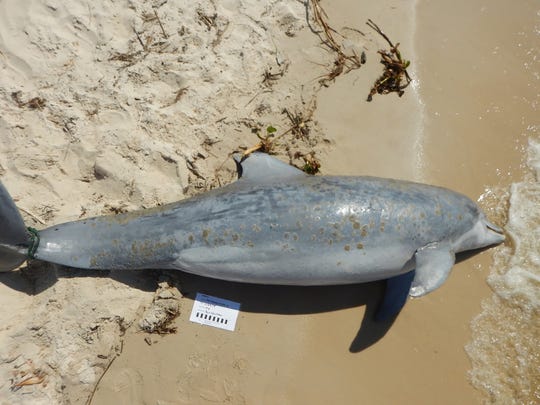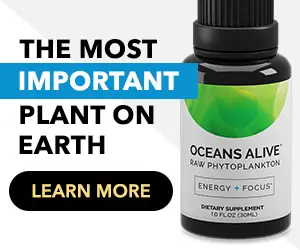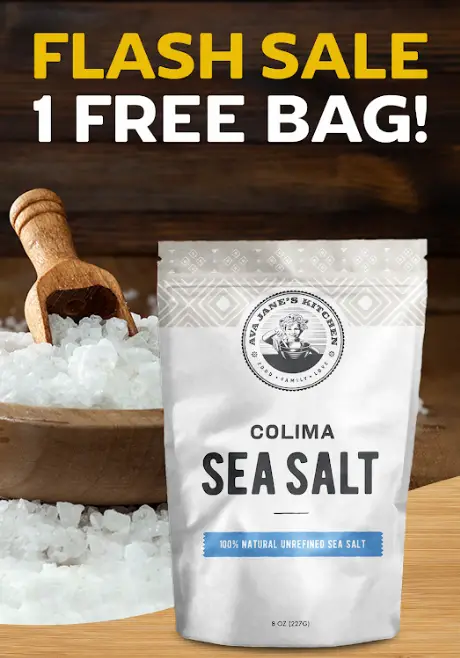
Photo via Institute for Marine Mammal Studies
The Gulf of Mexico has long been one of the most revered bodies of water in the entire United States, home to a thriving ecosystem of breathtaking marine animals ranging from killer whales to dolphins and even the occasional Great White Shark.
But the approximately 615,000 square-foot body of water has been increasingly ravaged by pollution in the past decade, ranging from harsh, toxic chemicals sprayed in the wake of the BP oil disaster to widespread fertilizer and pesticide runoff from factory farms linked to corporations like Tyson Foods.
The effects of these catastrophically damaging substances on the Gulf ecosystem have still yet to be fully studied, but one thing’s for sure: they’ve taken a huge toll on the environment and all of the creatures that live within it.
Recently, signs abound that something may not quite be right in the Gulf of Mexico, including the latest piece of news involving the deaths of huge numbers of one of the country’s most beloved marine animals.
Hundreds of Dolphins Found Dead Along U.S. Gulf Coast
According to a new report from The Guardian, hundreds of dolphins have become stranded across much of the Gulf Coast since the start of February, triple the usual number, and about 98% of them have died.
At least 279 dolphins have become stranded in total, scientists from the National Oceanic and Atmospheric Administration (NOAA) said.
Scientists will soon begin investigating whether lingering effects from the 2010 BP oil spill as well as immediate effects from low salinity because of freshwater flowing from high rivers and a Louisiana spillway have contributed to the deaths, said Teri Rowles, coordinator for Noaa fisheries’ marine mammal health and stranding response program. A federal investigation has also been launched.
Earlier reports, including a 2015 study, have linked the spill to the Gulf of Mexico’s largest and longest dolphin die-off.
Symptoms of exposure to chemicals used to clean up the oil spill and the oil itself include blood abnormalities, problems with lung function and adrenal glands, and more.
“We do know some of the health conditions … are improving, but some have been slow to improve,” Rowles said. “Reproduction in the heaviest-oiled areas continues below normal.”
Some of the dolphins also had sores consistent with freshwater exposure, which is common in spring.
But it appears to be far from the main cause of the hundreds of recent dolphin strandings and deaths.
“There are some animals with visible signs of skin legions consistent with fresh water intrusion, but it’s too early to say whether that is the cause of the mortality. There are animals that don’t have skin legions, and we’re investigating the potential cause and contributing factors to those mortalities,” said NOAA Program Administrator Dr. Erin Fougeres.
“Fresh water is one thing we’re considering but it doesn’t appear to be the cause of death for all the animals so we’re continuing to investigate.”
The near-record Gulf of Mexico “dead zone” could well be the biggest culprit, as the NOAA has described the massive annual pollution zone, caused mostly by factory farm runoff and other pollution, to be “an area of low to no oxygen that can kill fish and other marine life.”
For more information on what to do if you see a stranded dolphin, check out this story. You can also subscribe for additional updates like these (and a free eBook) by clicking here.
Thanks for installing the Bottom of every post plugin by Corey Salzano. Contact me if you need custom WordPress plugins or website design.











